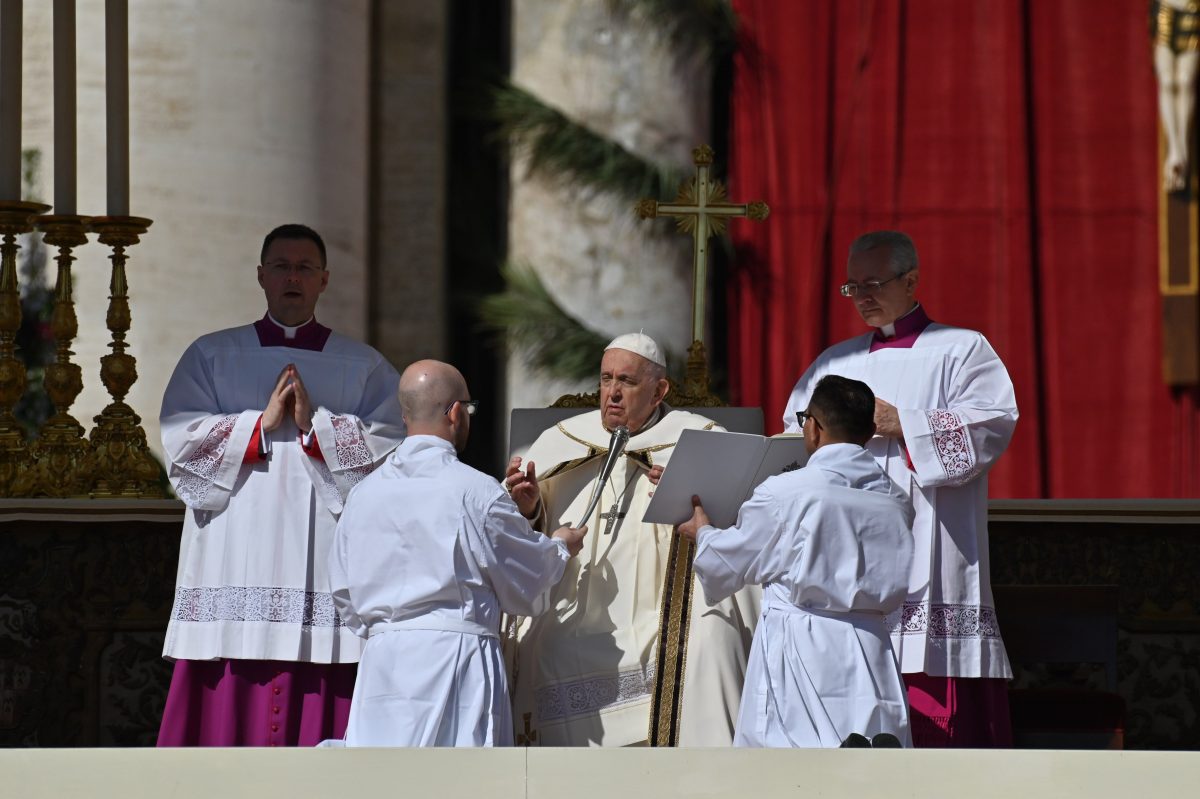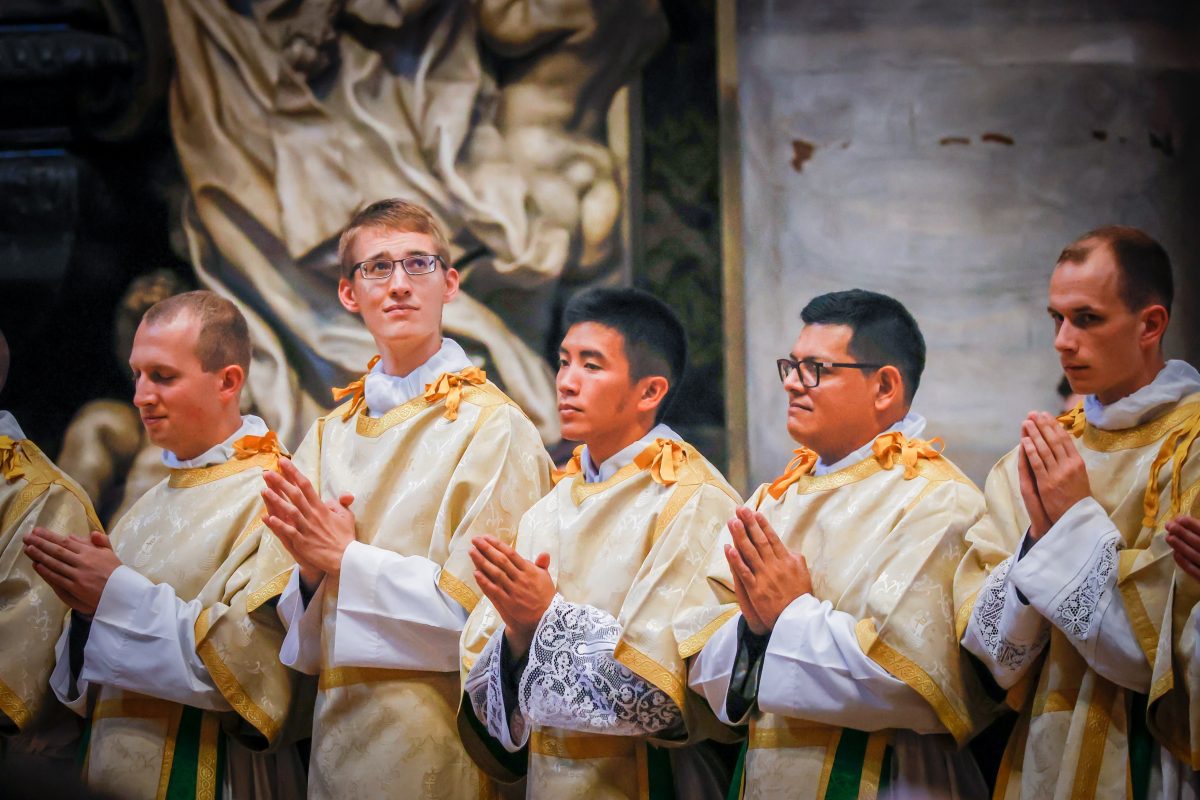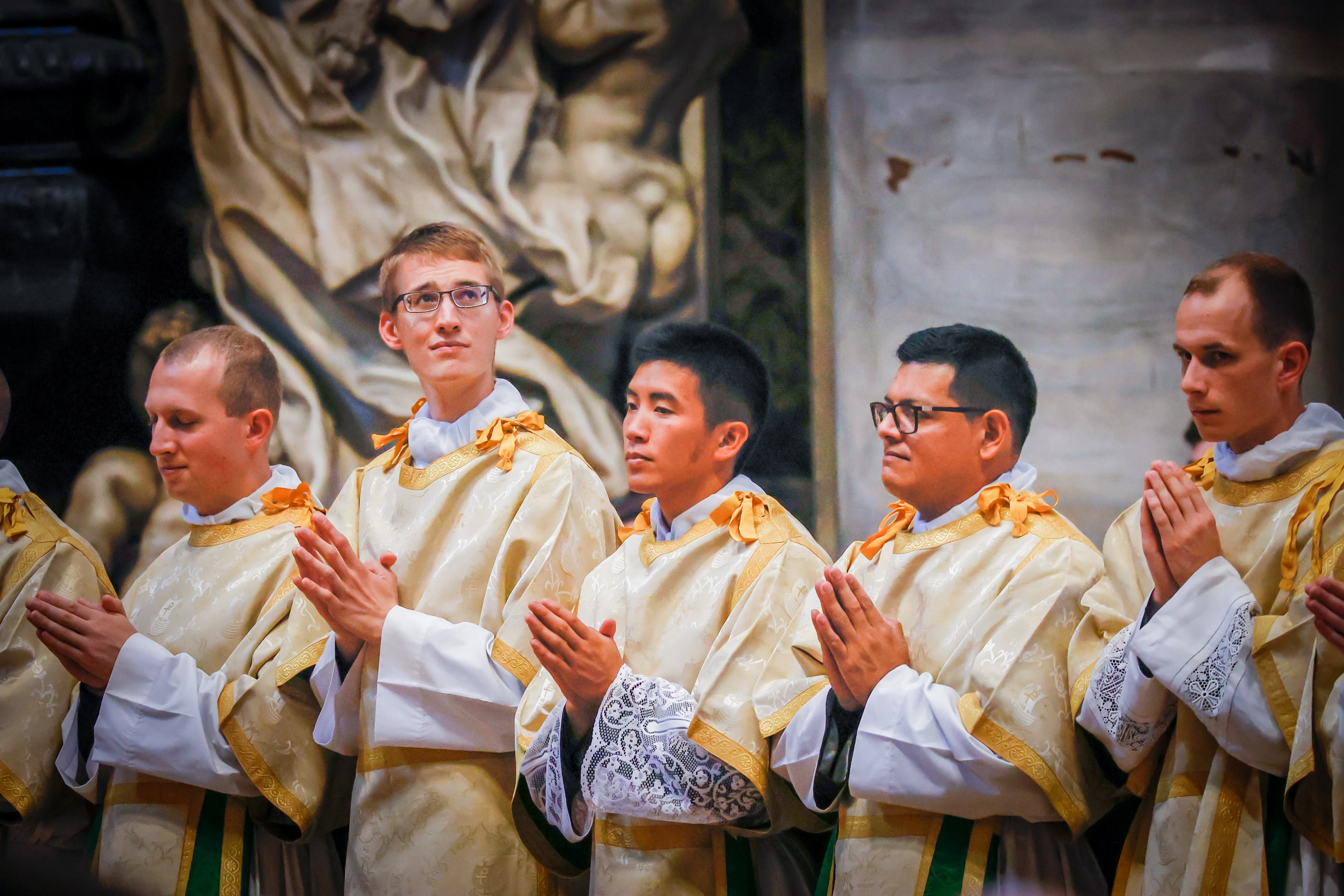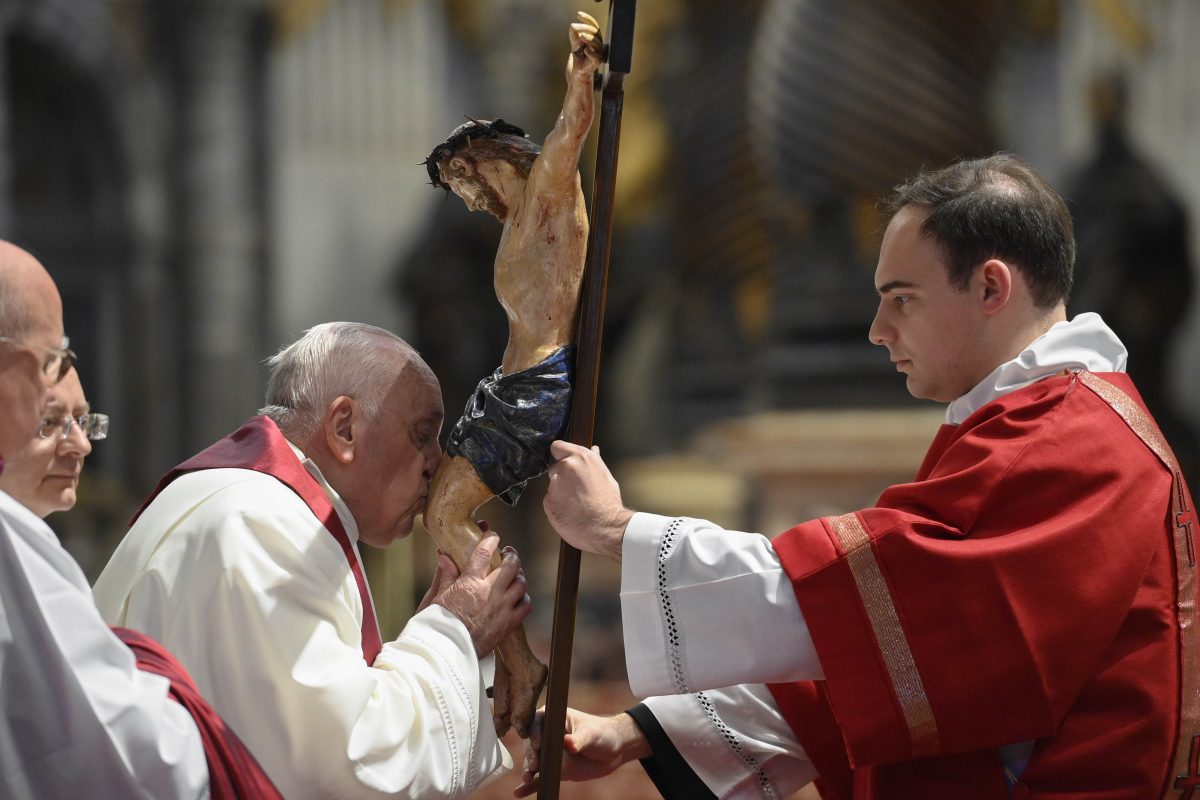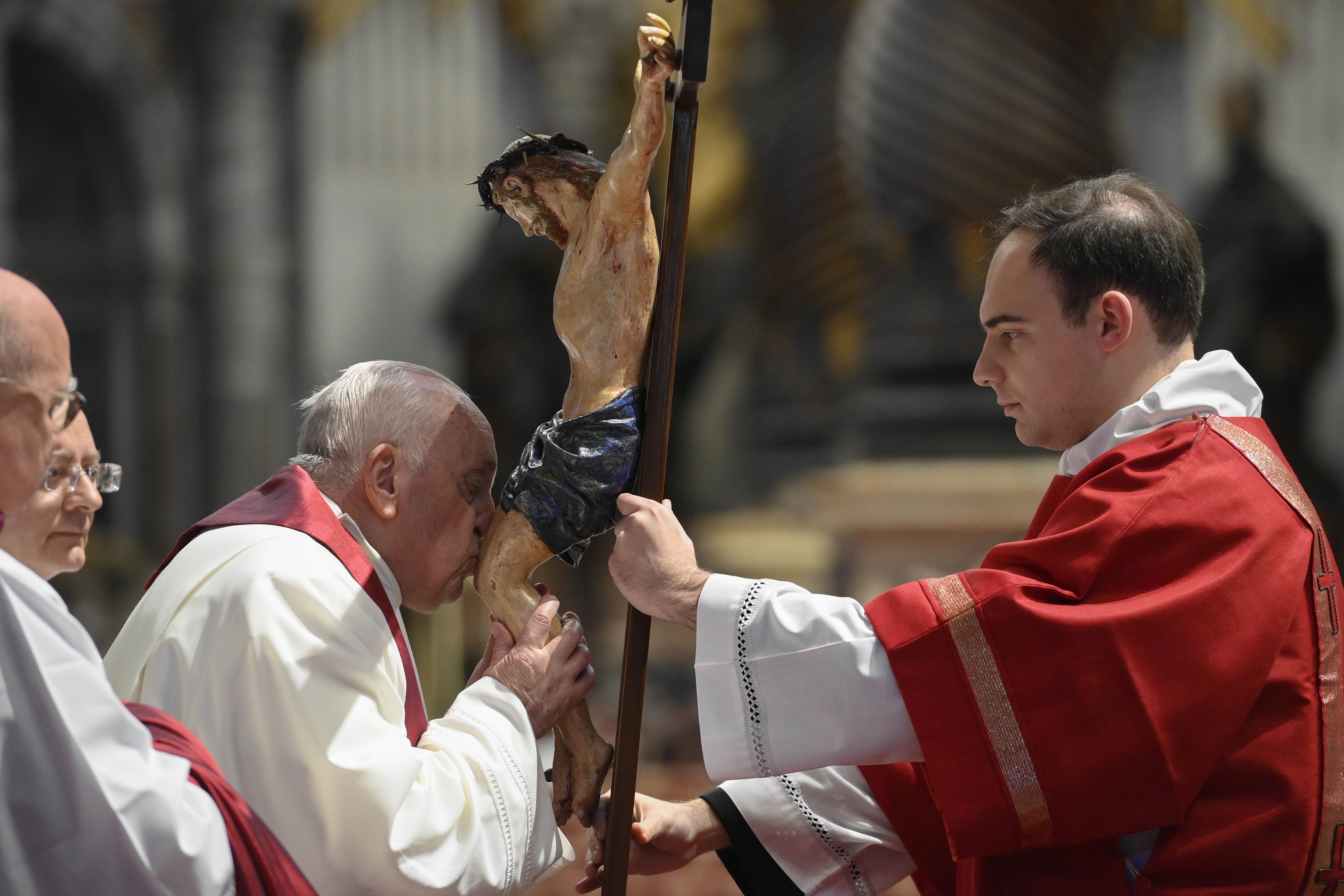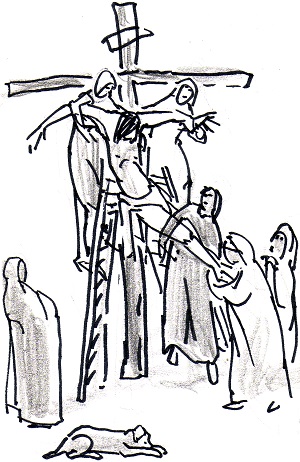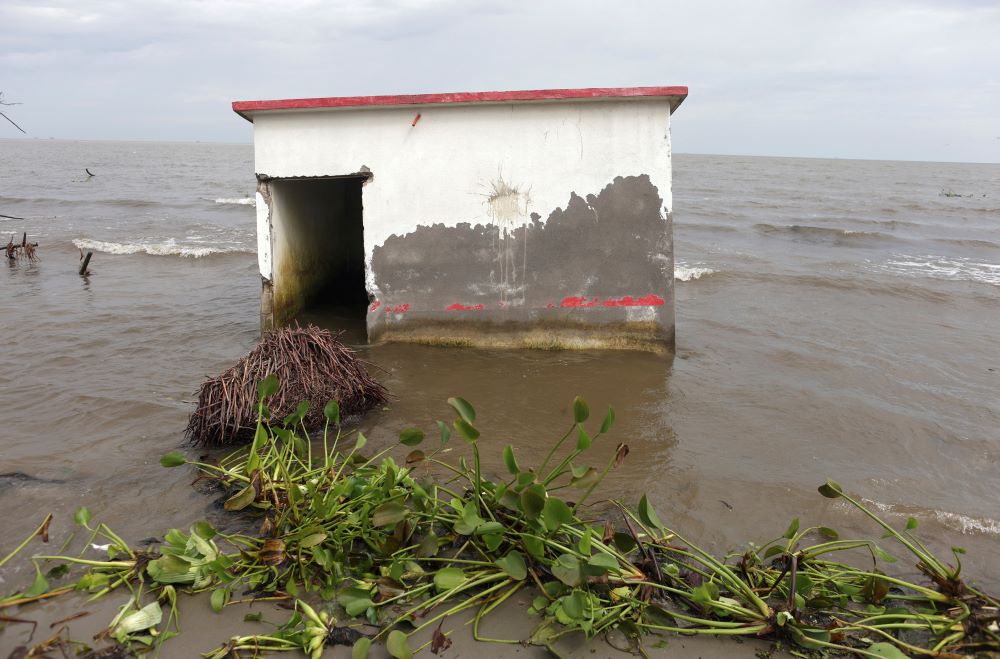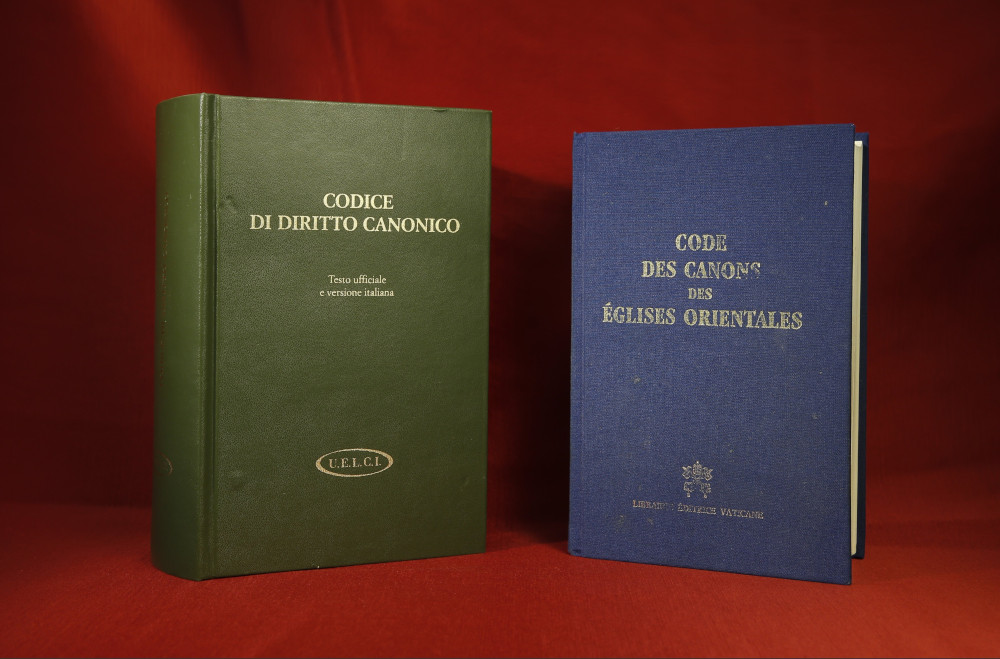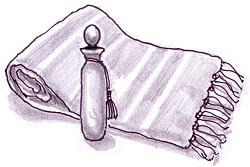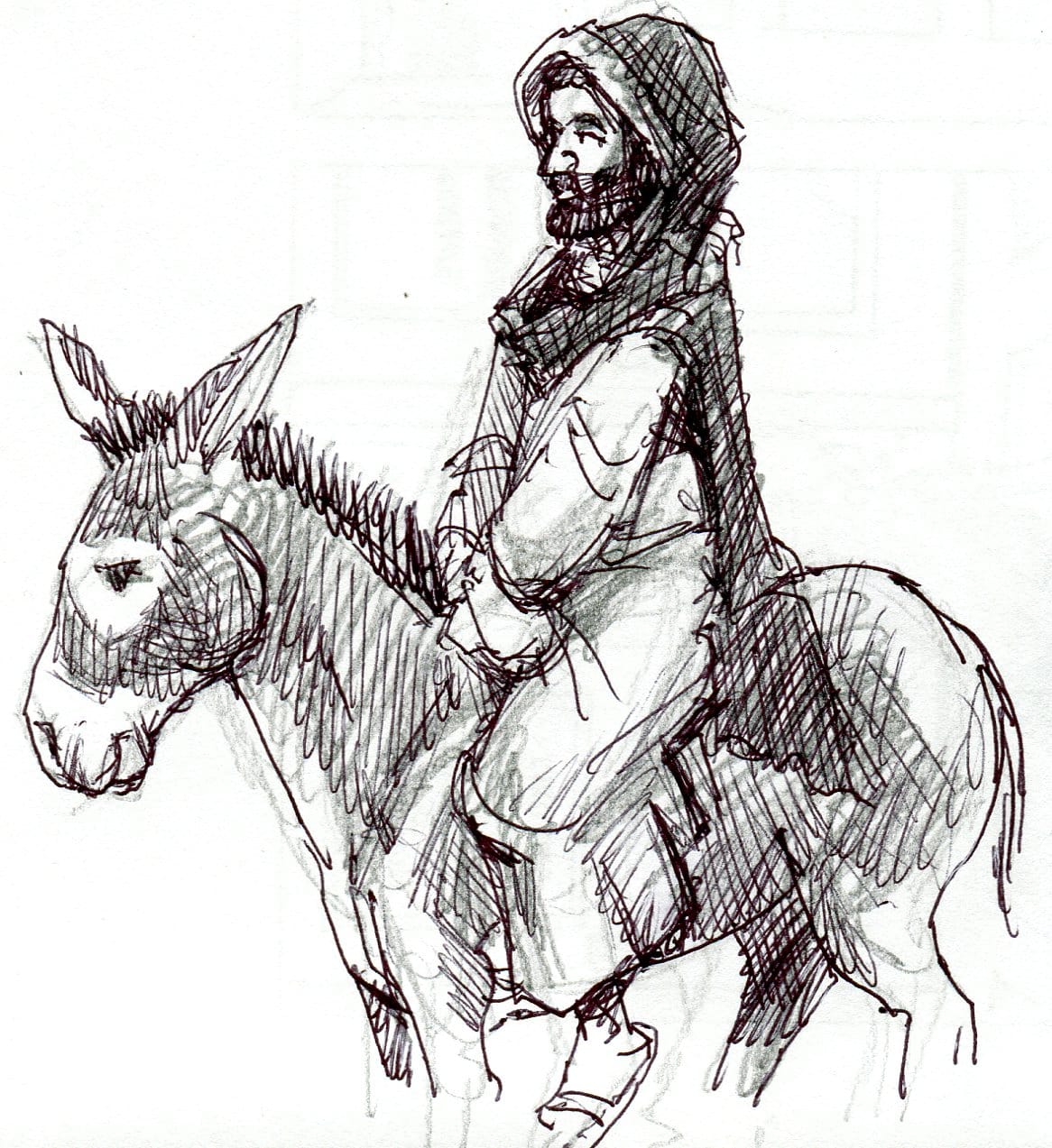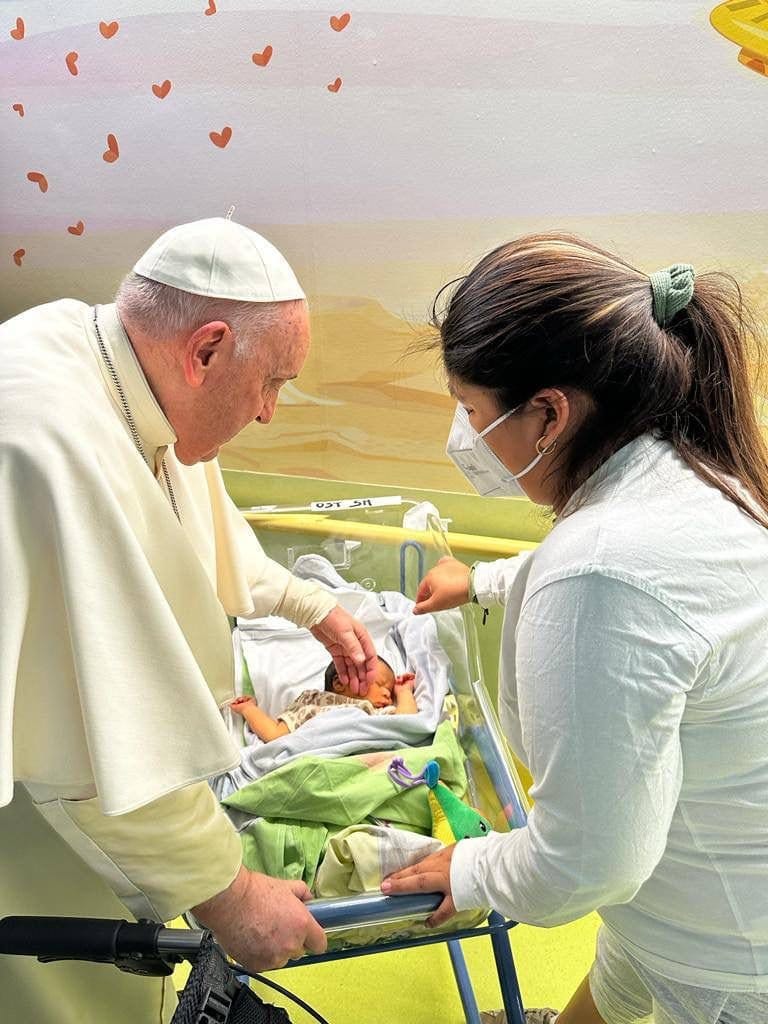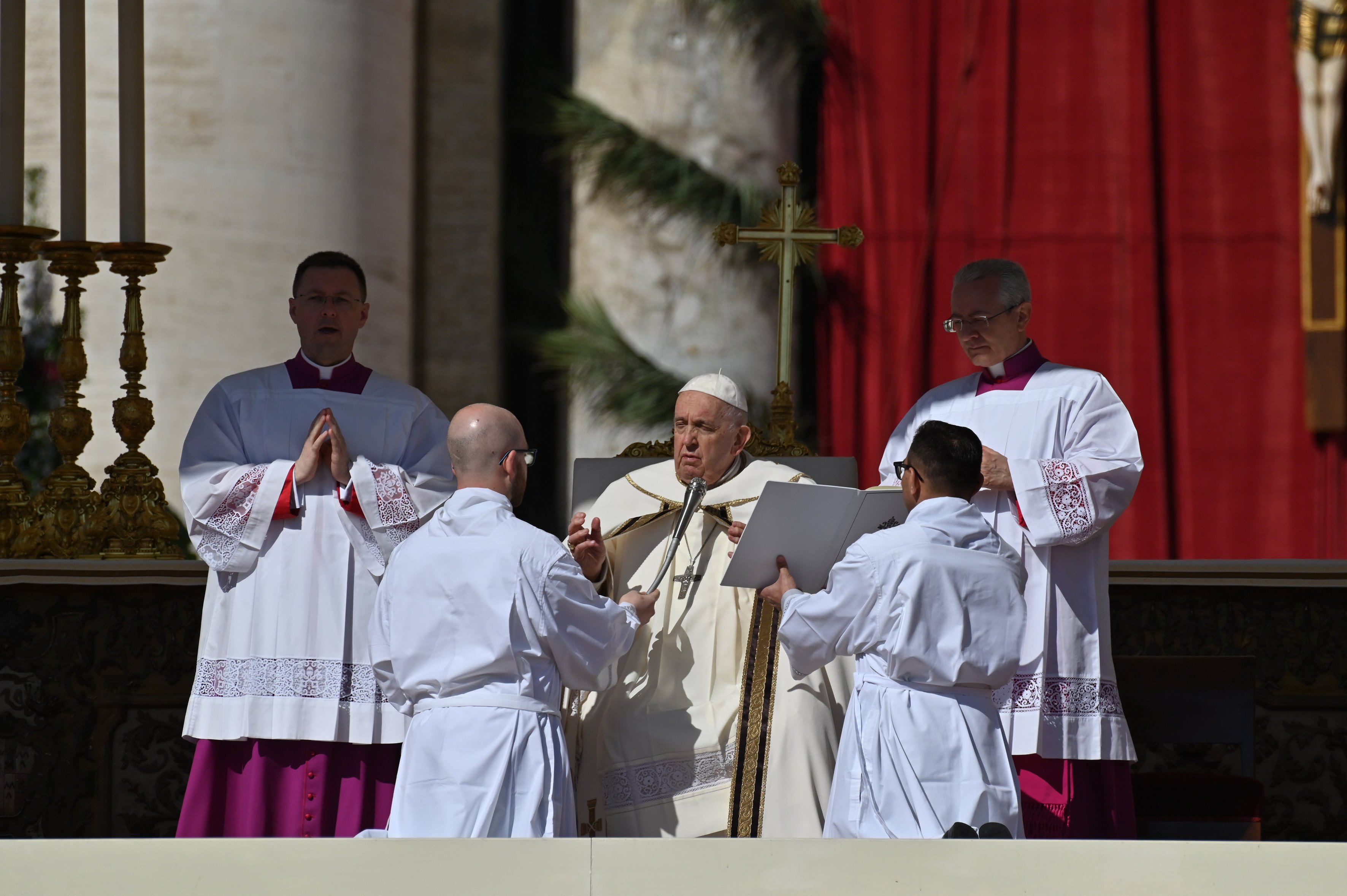
The good news of Christ’s resurrection, Pope Francis said during his Easter message, should hasten the entire world to work towards peace in Ukraine and Jerusalem, as mounting conflicts threaten to overshadow the message of Jesus’ victory over death.
« Help the beloved Ukrainian people on their journey towards peace, and shed the light of Easter upon the people of Russia, » the pope said on Easter Sunday, April 9, marking one of the rare occasions where the pontiff directly spoke of Russia by name.
« On this day, Lord, we entrust to you the city of Jerusalem, the first witness of your resurrection, » Francis prayed. « May there be a resumption of dialogue, in a climate of trust and reciprocal respect, between Israelis and Palestinians, so that peace may reign in the Holy City and in the entire region. »
The pontiff’s Easter plea comes over a year into Russia’s war against Ukraine, where the Vatican’s repeated offers to broker a ceasefire have been rebuffed, and after several days of escalating violence in the Holy Land following a violent raid of Jerusalem’s al-Aqsa mosque by Israeli police last week.
The pope’s remarks were delivered from the central balcony of St. Peter’s Basilica at the end of the outdoor Easter liturgy in a sun-drenched St. Peter’s Square and during his traditional urbi et orbi (« to the city and the world ») message, which was delivered in lieu of a homily during the Mass.
« Comfort the wounded and all those who have lost loved ones because of the war, » Francis said of the raging conflict in Ukraine, « and grant that prisoners may return safe and sound to their families. »
Francis went on to offer a litany of prayers for other countries facing violence, terrorism and war, especially in the Middle East and Africa, as well as nations suffering from natural disasters, poverty, corruption and an inability for Christians to practice their faith freely.
The pope specifically included Nicaragua in his prayers, where last month the Vatican was forced to close its embassy in the Central American country after an eight-year crackdown against the Catholic Church by President Daniel Ortega.
Francis went on to offer prayers for the « sorely tried people » of Haiti and pleaded for a « definitive » solution from the international community, where the nation is suffering its worst ever famine, an economic collapse and widespread lawlessness resulting from gang violence.
Among other nations the pope remembered were South Sudan and the Democratic Republic of Congo, both of which the pope visited earlier this year in an effort to beg for peace and an end to the violence that has long plagued both African countries.
Reflecting on the women in the gospels who were the first to visit Christ’s empty tomb and ran to tell the other disciples the good news, Francis prayed that the world would act with similar speed in responding to the challenges around it.
« Let us make haste to surmount our conflicts and divisions, and to open our hearts to those in greatest need, » said Francis. « Let us hasten to pursue paths of peace and fraternity. »
« Comfort refugees, deportees, political prisoners and migrants, especially those who are most vulnerable, as well as the victims of hunger, poverty and the dire effects of the drug trade, human trafficking and all other forms of slavery, » he prayed.
« Lord, inspire the leaders of nations to ensure that no man or woman may encounter discrimination and be violated in his or her dignity; that in full respect for human rights and democracy these social wounds may be healed; that the common good of the citizenry may be pursued always and solely; and that security and the conditions needed for dialogue and peaceful coexistence may be guaranteed, » the pope continued.
Tens of thousands of fresh flowers from the Netherlands adorned the piazza, with pilgrims overflowing from the square and up the via della Conciliazione, the major street that leads to the Vatican.
Francis, who was just released from a three-night stay in the hospital on April 1 for bronchitis, was joined by some 30 cardinals, 15 bishops and over 300 priests for the Mass. Despite his recent health scare, the 86-year-old pontiff rebounded quickly, participating in all of the Holy Week liturgies with the exception of the outdoor Way of the Cross service on Good Friday evening, due to what the Vatican described as the « intense cold » in Rome.
Following the Mass — his 11th Easter at the Vatican since being elected pope in 2013 — Francis spent nearly 30 minutes on the popemobile, circling St. Peter’s Square multiple times to greet the thousands of pilgrims on hand for the occasion, where he was met with shouts of viva il papa! (« Long live the pope »).
« We believe in you, Lord Jesus. We believe that, with you, hope is reborn and the journey continues, » the pope concluded his Easter blessing. « May you, the Lord of life, encourage us on our journey and repeat to us, as you did to the disciples on the evening of Easter: ‘Peace be with you!' »
